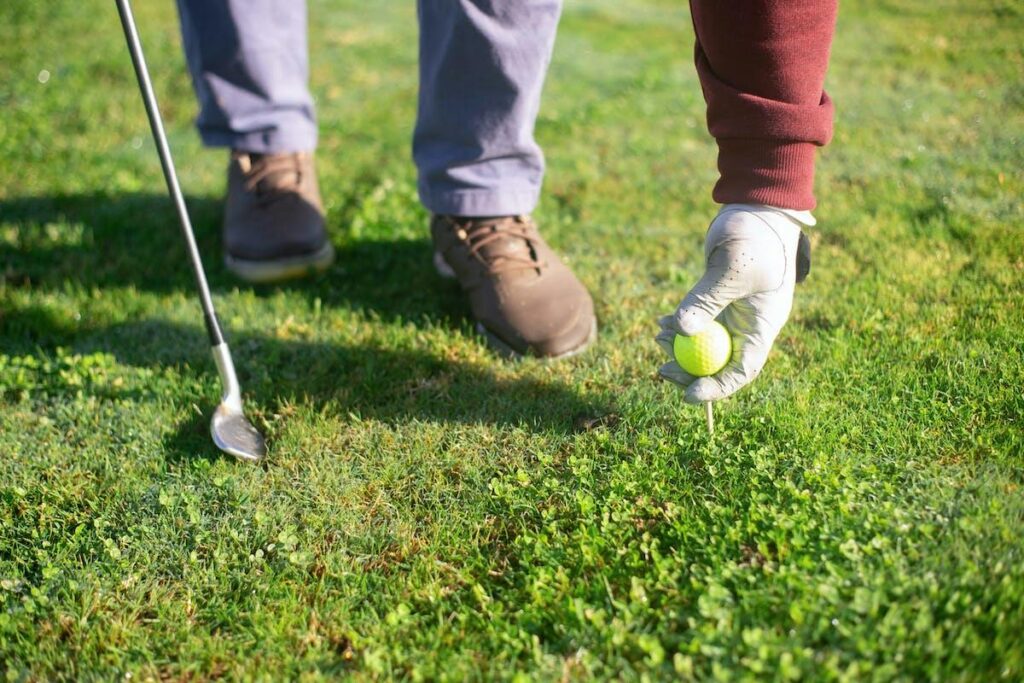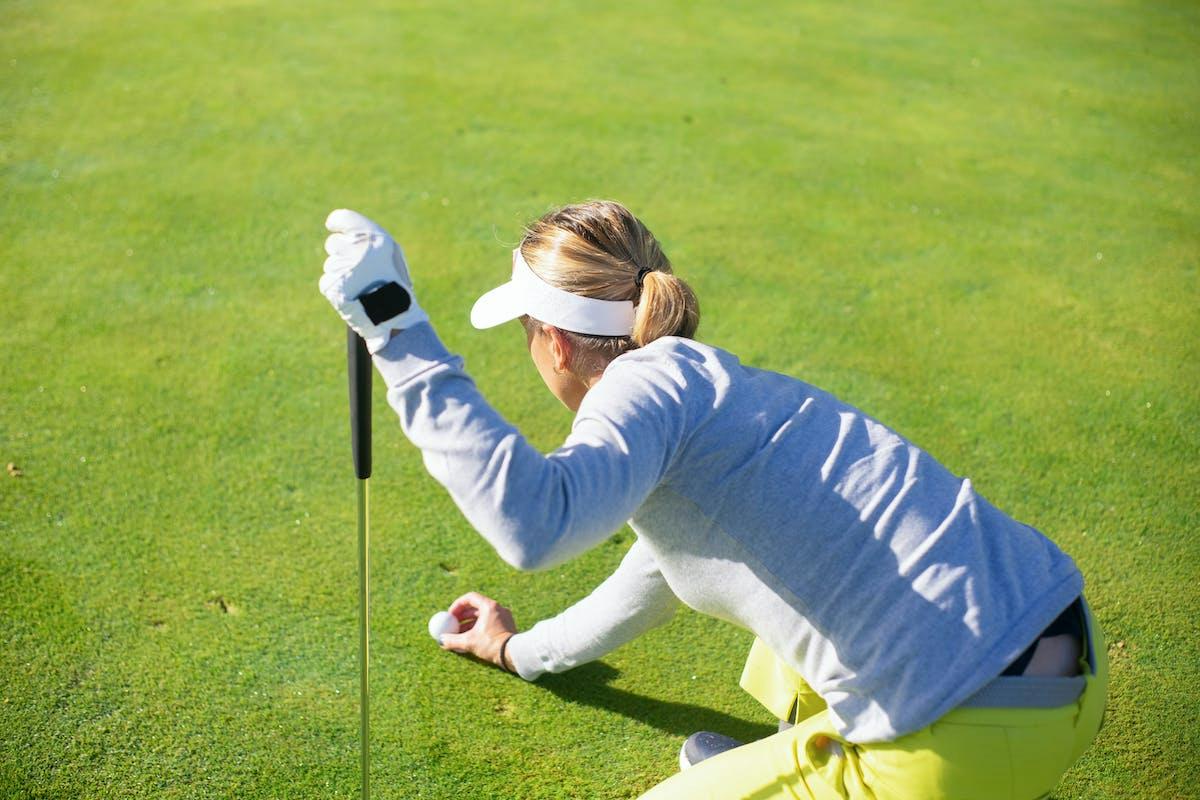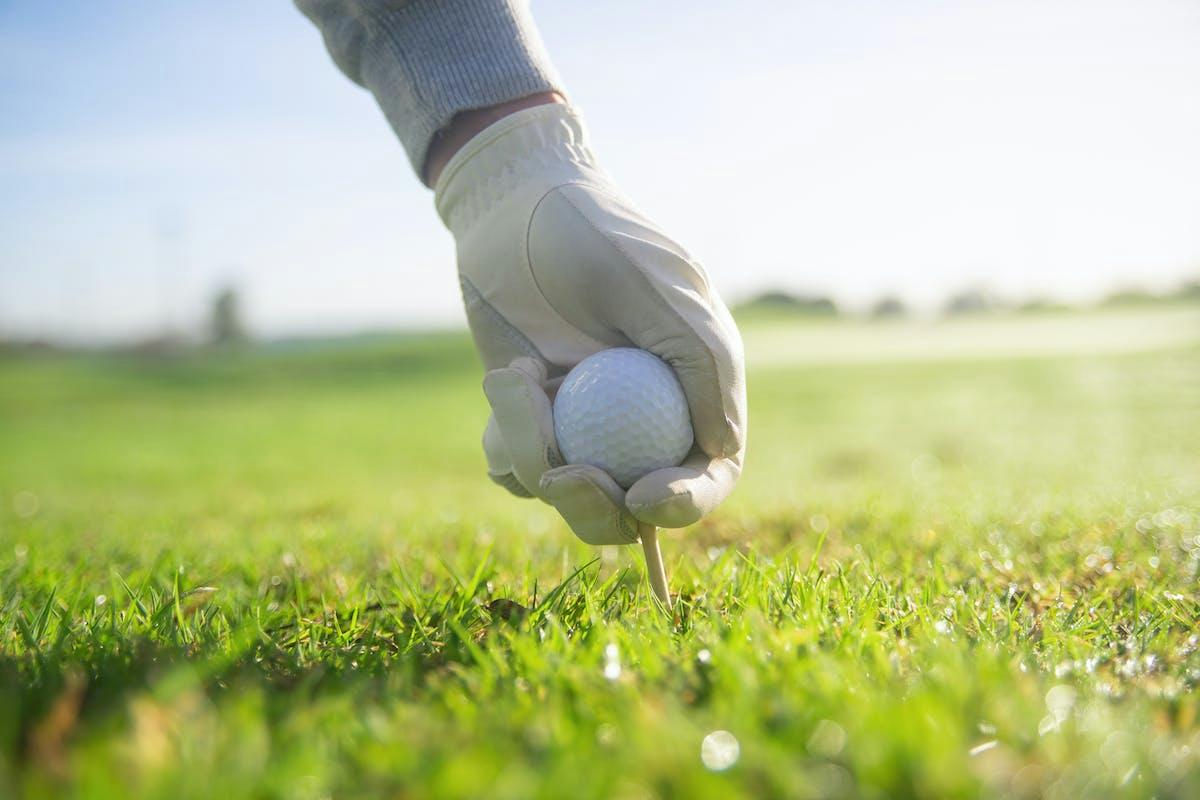
Introduction
Golf, often perceived as a low-impact sport, surprisingly leads to various injuries, particularly to the hands. Understanding the nuances of golf injuries hand is crucial for both amateur and professional golfers. This comprehensive guide delves into the types, causes, and remedies of these injuries, such as golf physical therapy, ensuring golfers maintain their best form on the course.
Understanding Hand Injuries in Golf
Golf injuries to the hand are not just painful but can significantly hinder a player’s performance. These injuries, including wrist and elbow injuries often exacerbated by golf swings, range from mild strains to more severe conditions like fractures and tendonitis. A deeper understanding of each type, particularly in the context of golf swings, can lead to more effective prevention and treatment strategies.
Types of Hand Injuries Common in Golf
Backed by insights from a study from the National Center for Biotechnology Information, let’s explore the common golf injuries that golfers commonly encounter, ranging from mild discomfort to more severe conditions requiring professional care.
Tendonitis: Inflammation of the tendons in the hand or wrist, painful tendonitis is often caused by repetitive motion, leading to pain and limited movement.
Medial Epicondylitis (Golfer’s Elbow): In this condition, inflammation occurs in the tendons of the forearm muscles connected to the inner part of the elbow, leading to discomfort and tenderness.
Golf Cart Injuries: Injuries resulting from the use or mishap of a golf cart, potentially leading to bruises, sprains, or fractures in the hands.
Trigger Finger: A condition where a finger gets stuck in a bent position and then snaps straight. It’s caused by inflammation around the finger’s tendons.
Triangular Fibrocartilage Complex Injury: Damage to the cartilage and ligaments located on the small, pinky side of the wrist, causing pain and instability in the wrist.
Carpal Tunnel Syndrome: A condition caused by stress on the median nerve in the wrist, leading to loss of sensation, tingling, and weakness in the hand.
Damaged Blood Vessels: This can occur from trauma or repetitive strain, leading to issues like swelling, bruising, or, in severe cases, vascular disorders.
Sprained Wrist: Stretching or tearing of ligaments in the wrist, often resulting from falls or sudden twists, causing pain and swelling.
Wrist Pain: Among the many types of overuse injuries, this can be caused by different factors, including strain, overuse, or underlying conditions.
Hamate Bone Fractures: A break in the hamate bone on the little finger side of the wrist, often caused by direct impact or repetitive stress.
Fractures: Fractures or crack in the bones of the hand or wrist can happen due to direct impacts or falls.
Sprains or Ligament Injuries: Overstretching or tearing of the ligaments in the hand or wrist, causing pain, swelling, and difficulty in movement.
Broken Hands: This refers to fractures in any of the bones within the hand, often resulting from direct impact or crushing injuries.
How Hand Injuries Can Impact a Golfer’s Game

Hand injuries from golf, particularly prevalent among amateur golfers, cause discomfort and drastically affect grip strength, swing accuracy, and overall performance. Recognizing the impact and risk of injury from distinctive golf injuries in this physical activity, often linked to common issues and exacerbated by poor form, is the first step toward their effective management and quick recovery.
Preventive Measures
Adopting a range of preventive measures is crucial to safeguard against common hand injuries in golf effectively. Let’s delve into specific strategies that can help minimize the risk of these injuries.
Ensuring Proper Technique to Reduce Stress on Hands: This includes the right way to grip the club, position the hands, and swing, which can significantly reduce undue stress on the hands and wrists.
Regular Warm-Up and Stretching: Warm-up exercises that target the hands, wrists, and arms and stretches before playing can help loosen the muscles and increase flexibility.
Strength Training Focusing on Hand and Wrist Muscles: Strengthen hand, wrist, and forearm muscles through exercises like wrist curls, extensions, grip strengthening, and resistance bands.
Using the Right Equipment, Including Well-Fitted Clubs: Using golf clubs suited to your body and style is essential; improperly sized clubs can heighten the risk of hand injuries.
Monitoring Grip Pressure to Avoid Overstrain: A grip that is too tight can lead to overstrain and injuries, whereas a grip that’s too loose can lead to improper technique.
Taking Breaks and Resting Adequately: Regular breaks during practice and games allow your hands and wrists to rest, especially if you feel discomfort.
Wearing Protective Gear, Like Gloves and Wrist Guards: Using gloves can help improve grip and reduce friction, while wrist guards can support and limit harmful wrist movements.
Being Aware of Personal Physical Limits: Overexertion and pushing past your comfort zone can lead to injuries, so listening to your body and resting when needed is essential.
Seeking Professional Guidance for Technique Improvement: A golf instructor or a physical therapist offers valuable insights into improving your technique and provides personalized advice based on your strengths and weaknesses.
Treatment for Golfers’ Hand Injuries
In addressing hand injuries in golf players, including common types, various treatment methods are available to alleviate pain and promote healing. Here are some effective methods:
Rest to Allow Healing
Ceasing or significantly reducing activities in the game of golf for an extended period to allow the injured hand time to heal is crucial. Rest helps prevent further aggravation of the injury and aids in recovery.
Ice Application to Reduce Swelling
Ice the area for about 15-20 minutes several times a day, especially after any activity or sudden trauma that might increase the chance of injury, affect blood flow, and cause discomfort in the injured risk area.
Compression and Elevation to Manage Inflammation
Gently compressing the injured hand with an elastic bandage and elevating it above heart level, particularly in the first 48 hours following an acute injury, helps reduce swelling and supports recovery.
Pain Relief Medication for Immediate Comfort
Over-the-counter pain relievers such as ibuprofen or acetaminophen ease pain and inflammation, but for more severe cases, treatments like cortisone injections or other anti-inflammatory injections might be considered.
Physical Therapy for Rehabilitation
A therapist can provide targeted exercises and medical treatments for the majority of golf injuries, helping to effectively restore strength, flexibility, and range of motion in the hand and offer guidance on proper techniques to prevent future injuries.
Surgery in Severe Cases
For severe types of injuries like complex fractures or torn ligaments unresponsive to other treatments, surgical treatment may be required to repair the hand, followed by rehabilitation for complete recovery.
When to Seek Medical Attention

Understanding when to consult a healthcare professional is vital in preventing long-term damage from common golf hand injuries. Recognizing these signs and seeking prompt medical attention can help prevent long-term damage and ensure more effective recovery from golf-related hand injuries.
Persistent Pain: If pain in the hand or wrist continues for several days without improvement, despite rest and home care.
Significant Swelling or Redness: Swelling or redness that remains or worsens, particularly if it’s accompanied by warmth or tenderness.
Decreased Mobility: Difficulty moving the fingers, wrist, or hand, or a noticeable reduction in the range of motion.
Visible Deformity: Obvious deformities, such as a deformed wrist or finger, could indicate a fracture or dislocation.
Numbness or Tingling: Persistent numbness, tingling, or a “pins and needles” sensation in the hand, suggesting possible nerve involvement.
Recovery and Return to Golf
A recovery plan is essential for returning to golf after an injury. This includes gradual reintroduction to the sport, continuous monitoring of the injury, and adapting playing techniques to avoid recurrence.
Consider consulting with Scottsdale Physical Therapy and Performance for a structured recovery plan tailored to your needs. Our expertise is crucial for a safe return to golf after an injury, ensuring a gradual reintroduction to the sport. Contact Scottsdale Physical Therapy today to set your recovery on the right course.
Conclusion
While golf injuries to the hand are common, effective preventive and treatment strategies can significantly reduce their impact. Awareness, proper care, and appropriate medical attention are critical to a swift recovery and a successful return to golf.
FAQs
Q1: How should your hands be in golf
A1: Your hands should grip the club in a way that’s comfortable yet firm, ensuring control without excessive pressure.
Q2: Why does my hand hurt when I play golf?
A2: Hand pain during golf can stem from repetitive strain, poor technique, or pre-existing conditions aggravated by play.
Q3: What is the first aid for a hand injury?
A3: First aid for a hand injury includes rest, ice application, and, if severe, immediate medical consultation.








